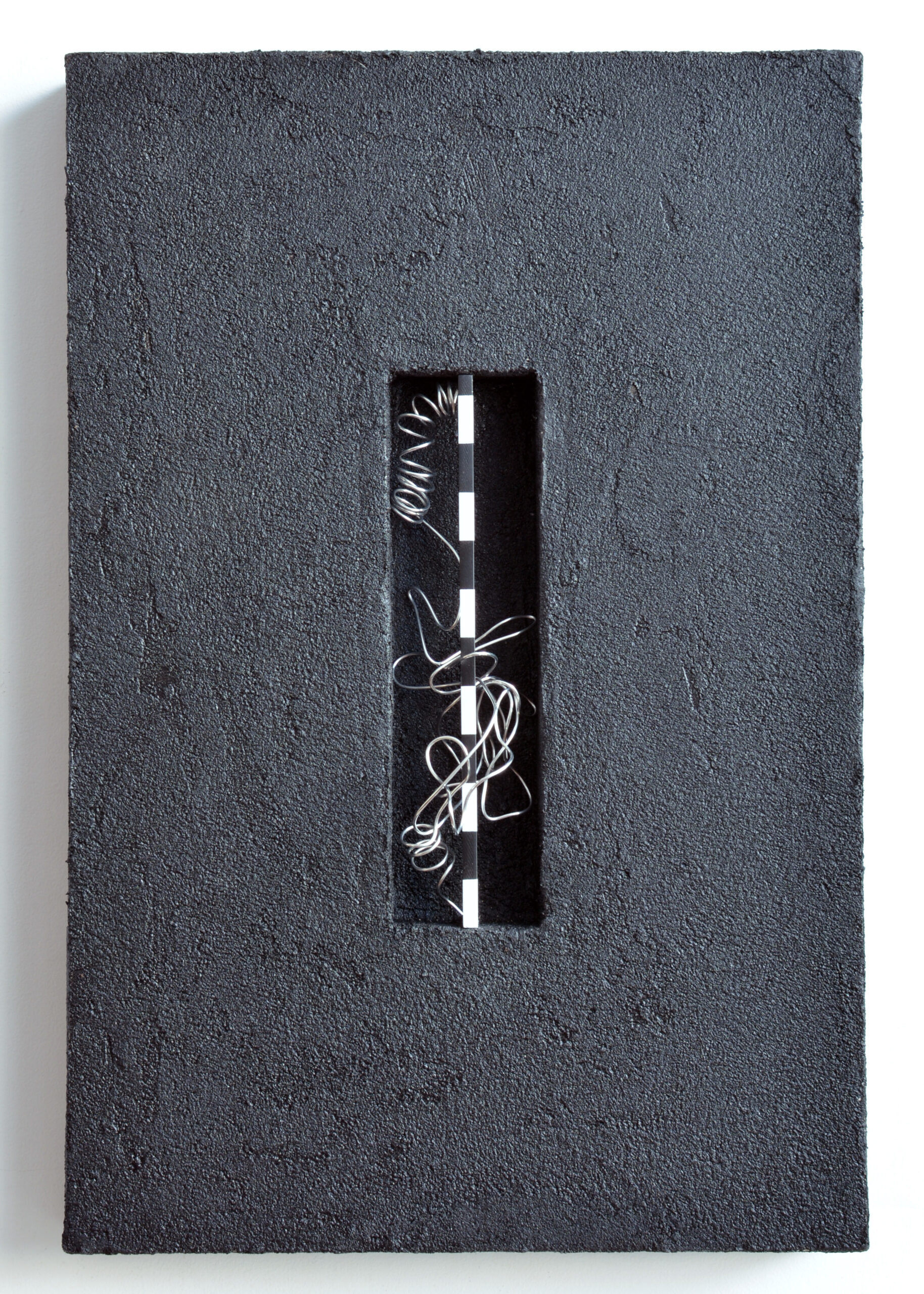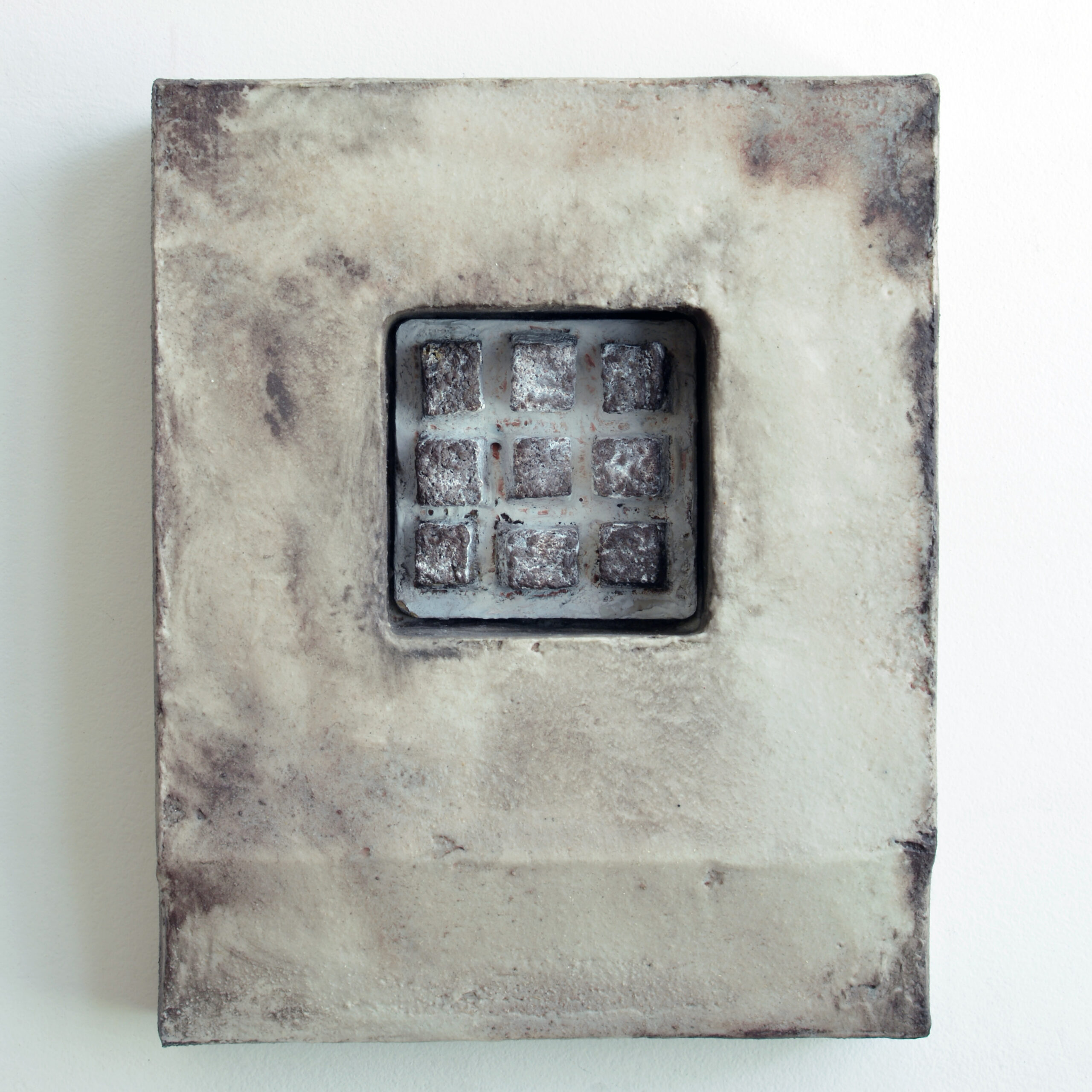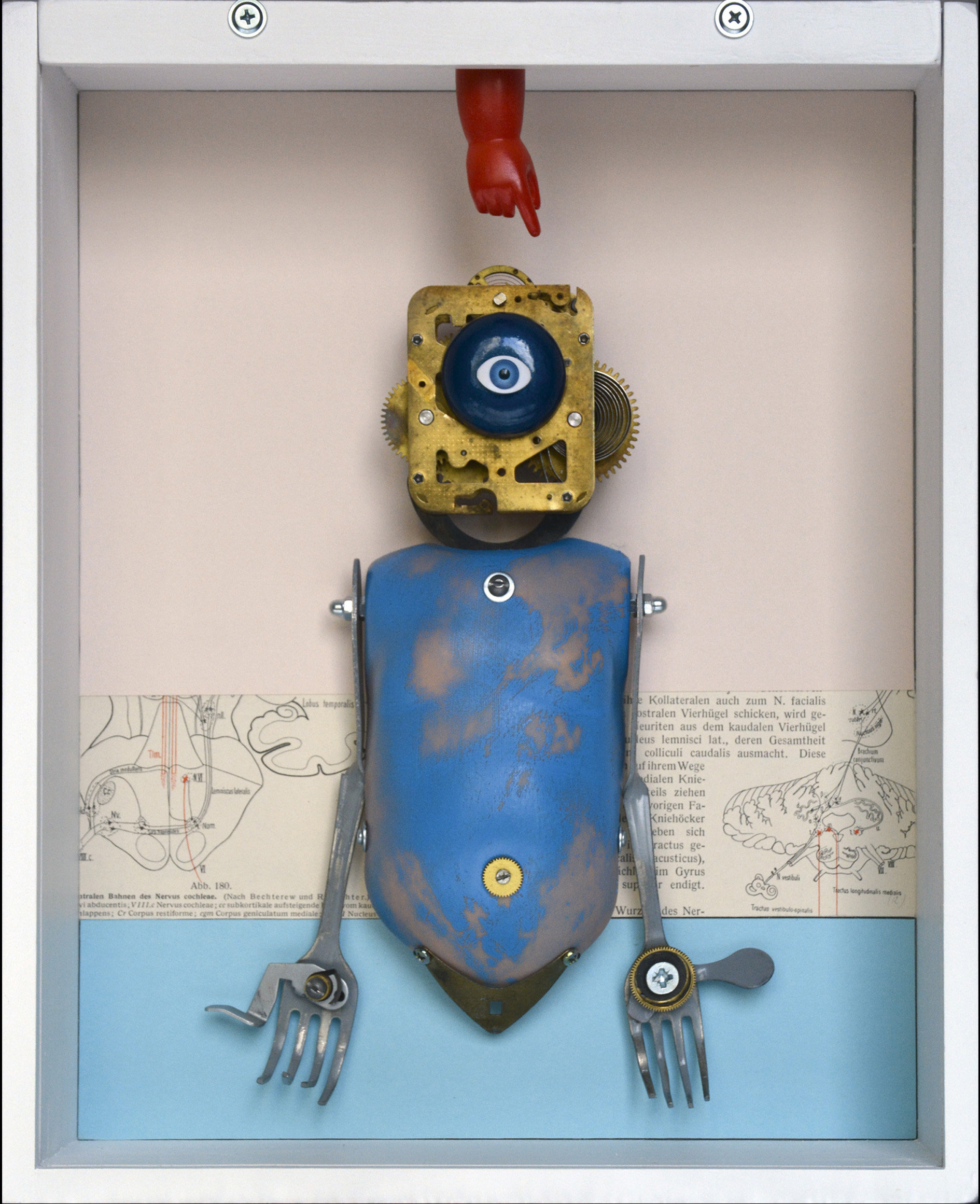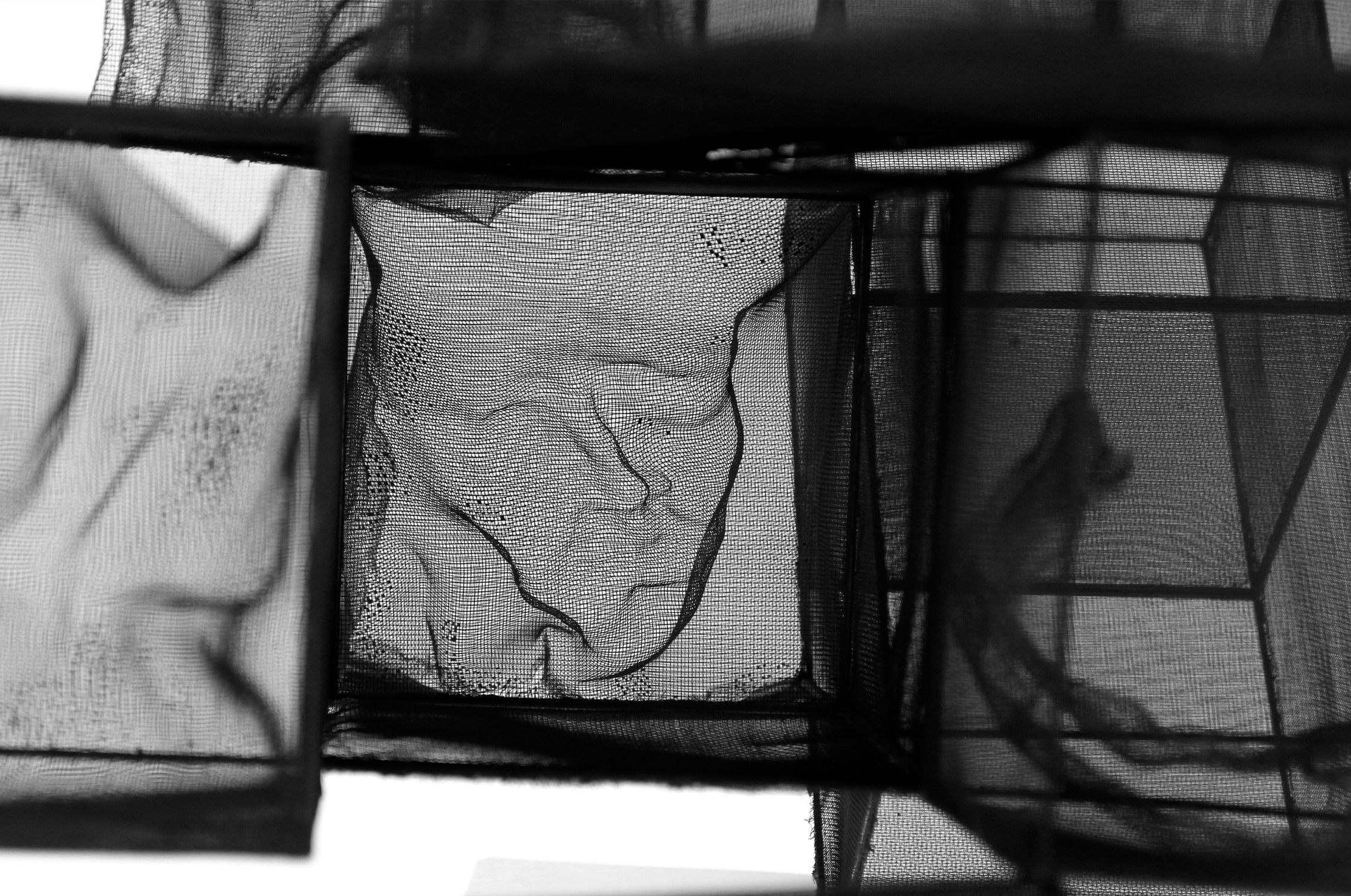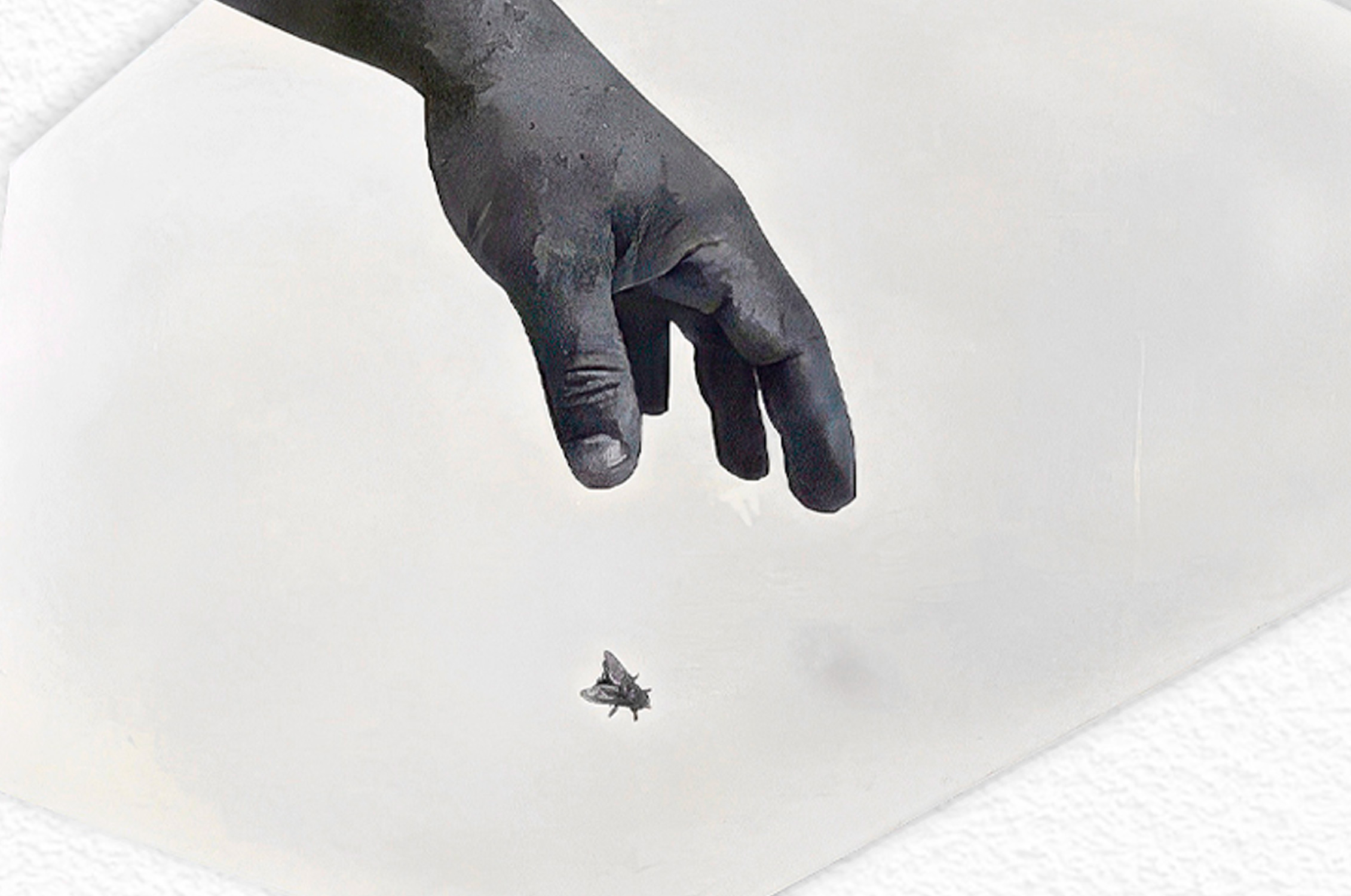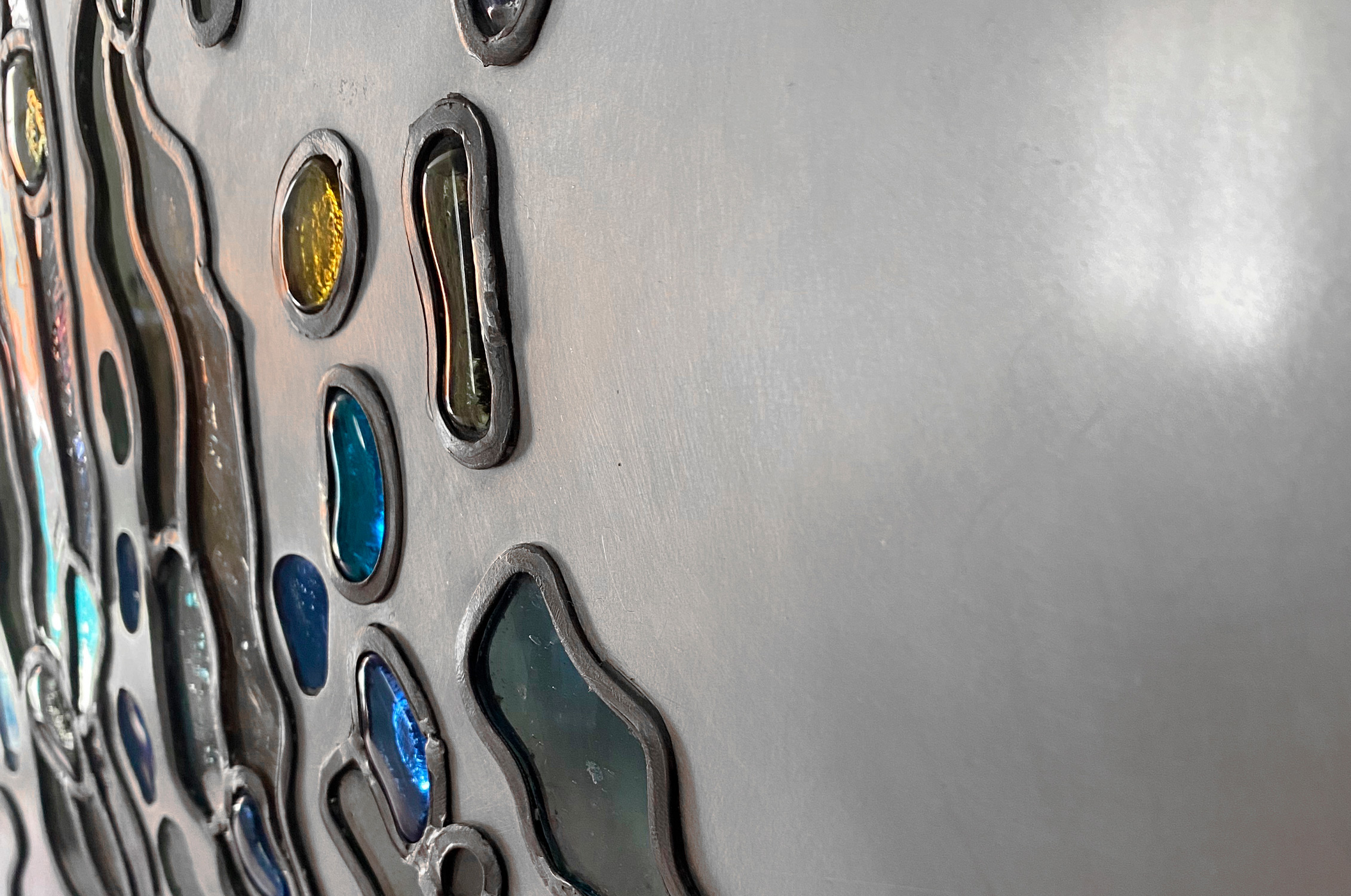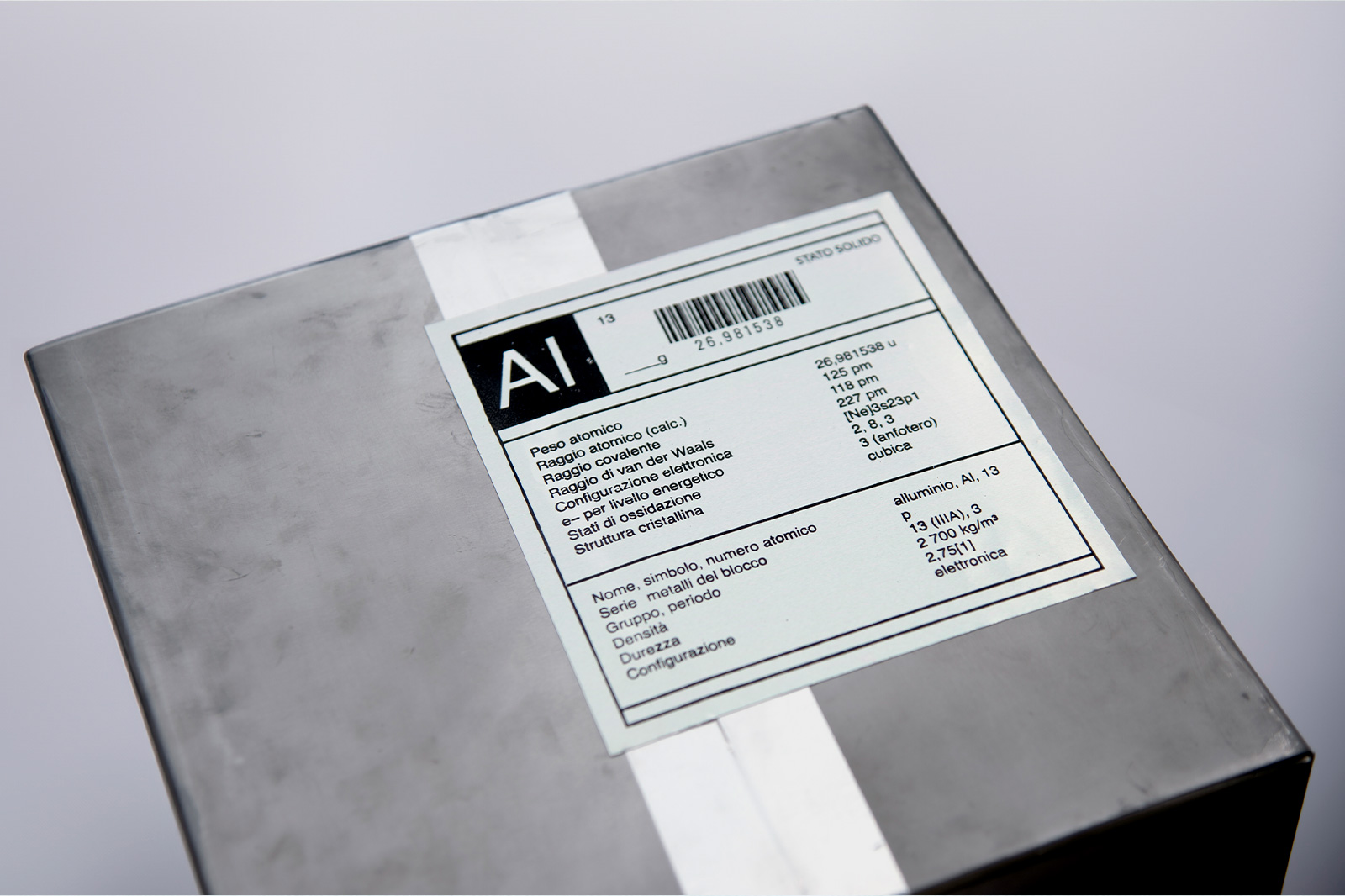COMEL AWARD VANNA MIGLIORIN 2024
Interview with Dimitar Minkov
by Dafne Crocella
He is a Bulgarian artist (born 1970) who works with different media, using them individually or together. These include painting, collage, and assemblage. His works are monochromatic imprints of memory, snapshots. He loves to go beyond the horizon of the canvas and create additional volumes and surfaces. Working in series on a particular format, he manages to express one of his ideas from multiple points of view. His artistic journey is a laboratory in which he experiments and challenges his imagination. He has been a member of the Union of Bulgarian Artists since 2007. He has exhibited in solo and group shows not only in Bulgaria but also in Germany, the United States, and Denmark.
Your piece Underdog was selected among the 13 finalists of the 11th edition of Premio Comel, an edition inspired by what lives beneath the surface. How do you feel this work responded to the theme?
Aluminum oxide is a substance that covers the metal aluminum. This extremely durable protective shell shields aluminum from additional corrosion. The metal retains its structure and color beneath it. My work of art is an entirely functional item: a 1950s-era metal bowl with an authentic coating developed over the decades. Additionally, the work’s title relates to the notion that, similar to aluminum, humans must put together their own protective shells to endure life’s whirlwinds while maintaining their core essence.
Underdog is an intriguing title. Several exhibition guests wondered about. What did you want to communicate through this title? And how expressed is the sense of a hypothetical defeat in your work?
No, I would want to demonstrate the triumph of victory rather than the defeat. Underdog was cast aside for melting after more than 70 years of devoted service to the public, during which time it had sustained numerous injuries and deformities. By coincidence, I discovered it twisted and flung alone at the bottom of an empty container in a metal scrap facility. Then, in my studio, I placed it on a hardwood board that was stained black, but I just polished a small portion of it to reveal the shining metal and its unaltered essence. After receiving approval to compete in the Comel Art Awards, Underdog made it to Latina – and let’s open the curtains a little for your readers – despite the good transport box, it arrived separated from the base. Underdog then took part in the exhibition when the gallery’s technical personnel successfully mounted it again, for which I am especially grateful. Thus, like a genuine underdog, it rose from the bottom to the nomination.
Amorfia I, mixed media canvas, 40 x 60 x 7 cm
In your work you frequently use recycled materials. Where does this choice come from? How much do the previous stories of the objects you transform become part of the conceptual aspects of the work?
Driftwood was the first material I tried to work with that was recycled. I then spent more than ten years gathering and researching ethnographic artifacts from Bulgarian crafts and daily life throughout the latter part of the 19th and early 20th century. And it was from these items that I created my initial assemblages. Later on, I also began utilizing industrially manufactured items to create scrap sculptures and assemblages. In all these works a special interconnectedness was felt, this was due to the feeling of human impact – with all the scratches and small irregularities or deformations on the surface of these objects.
Behind the use of recycled materials, in your technique is often present assembly and collage, always achieved through the use of recycled materials. What about this technique? How do you deal with “pieces of world” found around at whom you give a new story by putting them together in unexpected ways?
I sometimes make the object the focal point of the composition. I never produce initial sketches before creating a scrap sculpture; instead, I use a variety of objects to develop my idea. I allow my innate sense of harmony to lead me, and the art develops organically.
Aluminum in this piece has an important value as it has allowed both a process of material transformation under your blows, then a game with brightness and light. What about working with this metal? Did you already have experience working with aluminum?
I recognize that aluminum is used frequently in my work now that you have asked me this question. Since aluminum is plastic and has a unique matte softness that provides the items an organic feel, I include it into my scrap sculptures. I employ aluminum wire in some of my most recent pieces, but in this case, I want to use it to trace the amorphous nature of things. Aluminum is an intriguing material for artistic exploration because it can express the amorphousness of matter while providing strict order and balance.
Nine pieces of bread, 2024 – mixed media, 20 X 25 X 6 cm
A pleasant sensation of rhythm emerges from your work, an alternation between empty and full, a musicality. What role does music play in your work? Do you have projects that combine visual art and music?
That my artworks could evoke such a sentiment can only make me delighted. Even when produced by a natural occurrence like wind or running water, music and sound frequently conjure up associations in my head that eventually become paintings. I’m getting ready for my May solo exhibition. Its title is Summer in Chania or a Melody for Wind and Bouzouki. I’ll display paintings in it that were influenced by my vacation to the island of Crete.
Can you tell us something about your past studies? Are there any artists you have studied that you feel particularly inspired by?
I work as an orthopedic traumatologist and am a doctor by training. I have defended my PhD. I have pursued a profession as an artist in addition to my work as a doctor. My research in the world of art has benefited greatly from my scientific endeavors. Along with several other writers, I have examined the writings of Antoni Tàpies, Manolo Millares, Joseph Cornwell, Josef Beuys, Anselm Kiefer, Stanislav Pamukchiev, and Svilen Blazhev. Two years ago I discovered Alberto Burri as an author, also a doctor by training, with whom I find a special closeness in the means of expression. I am planning a trip to his museum in Citta di Castello, which I hope to make soon.
Exhibit 702, 2016 – 35 X 28,5 X 9M5 Cm
What about your future projects?
I’m working on an installation called Concerto for Four Violins, which is based on the same-titled piece by Georg Telemann. The March Music Days, which are customarily held in the Bulgarian city of Ruse, are when I anticipate having my work on display. I have another solo exhibition scheduled for October at Donnart Gallery in Bad Rothenfelde, Germany, in addition to my May show at Vidima Gallery in Sevlievo, Bulgaria.

